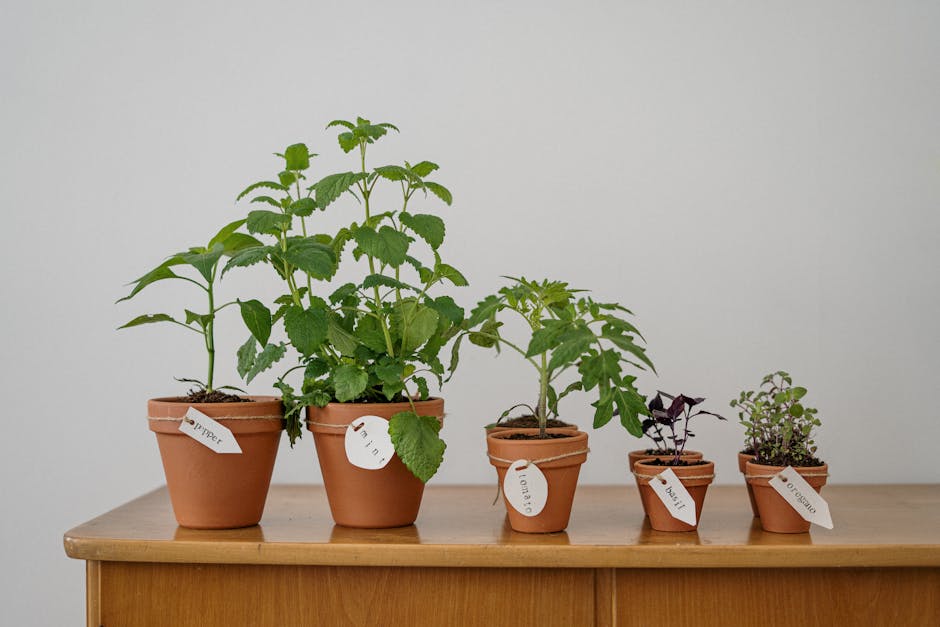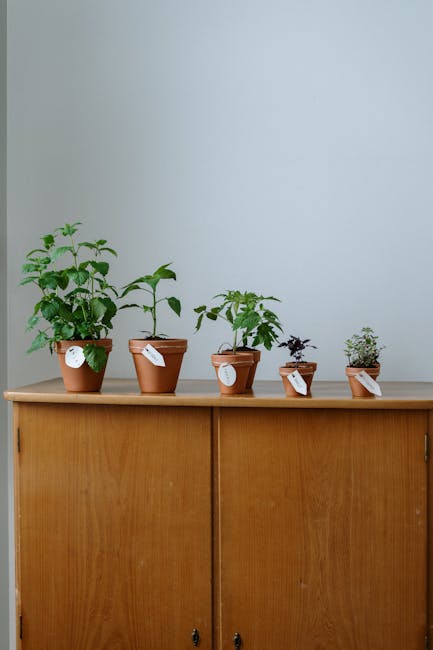How to Pick Basil: The Ultimate Guide to Harvesting & Ensuring Abundant Growth
Basil, with its fragrant leaves and versatile culinary uses, is a beloved herb for home gardeners and chefs alike. However, knowing how to pick basil to encourage continuous growth is crucial for maximizing your harvest. Improper harvesting can stunt growth, leading to a meager yield. This comprehensive guide will equip you with the knowledge and techniques to harvest basil effectively, ensuring a bountiful supply throughout the growing season.
Understanding Basil Growth
Before we delve into harvesting techniques, let’s understand basil’s growth habits. Basil is a warm-season annual, meaning it thrives in warm temperatures and completes its life cycle within a single growing season. It’s a relatively fast-growing herb, but proper care and harvesting are essential for optimal production. Basil plants generally produce the most flavorful leaves when young and tender. As the plant matures, the leaves can become tougher and less aromatic.
Types of Basil and Harvesting Considerations
Different basil varieties may have slightly different growth habits, but the general principles of harvesting remain the same. Some popular varieties include:
- Sweet Basil: The most common type, characterized by its mild, sweet flavor.
- Genovese Basil: Known for its large, flavorful leaves, ideal for pesto.
- Thai Basil: Possesses a spicier, more pungent flavor.
- Lemon Basil: Offers a distinct citrusy aroma and taste.
While harvesting techniques are similar across varieties, consider the plant’s size and maturity when deciding how much to harvest. Younger plants should be harvested more sparingly to allow for sufficient growth.
The Art of Harvesting Basil: Techniques and Tips
The key to successful basil harvesting is to encourage new growth while maintaining the plant’s health. Avoid simply pulling off leaves, as this can damage the plant and reduce its yield. Instead, follow these techniques:

Pinch Harvesting: The Preferred Method
Pinch harvesting involves removing leaves just above a set of leaf nodes, the points where leaves emerge from the stem. This encourages branching and the development of more leaves. Pinch off leaves with your fingers, being careful not to damage the stem. This method is ideal for young plants and allows for more frequent harvesting.
Cut Harvesting: For Mature Plants
For larger, more mature basil plants, you can use scissors or a sharp knife to harvest leaves. Cut the stems at a slight angle, just above a node, to promote branching. This method is more efficient for a larger harvest but requires care to avoid damaging the plant.

Harvesting Frequency: Finding the Sweet Spot
Harvesting regularly is crucial for maximizing yield and maintaining plant health. Aim to harvest basil every 7-10 days, removing about 1/3 to 1/2 of the plant’s foliage. This encourages bushier growth and prevents the plant from becoming leggy and flowering. Flowering reduces the flavor and aroma of the leaves.
Preventing Basil from Bolting
Bolting, the process of a plant flowering and setting seed, is a common occurrence in basil, particularly during hot and dry weather. Bolting can cause the leaves to become bitter and less flavorful. To prevent bolting:
- Provide consistent moisture: Basil needs regular watering, especially during hot and dry periods.
- Ensure adequate shade: Too much direct sunlight can stress the plant and encourage bolting.
- Harvest regularly: Consistent harvesting helps prevent bolting by diverting energy away from flower production.
- Pinch off flower buds: If you see flower buds forming, promptly pinch them off to prevent bolting.
Storing Harvested Basil
Proper storage is essential to maintain the freshness and flavor of your harvested basil. Here are some effective methods:

- Refrigeration: Wrap basil leaves in a damp paper towel and place them in a plastic bag. Store them in the refrigerator for up to a week.
- Freezing: Blanch basil leaves briefly in boiling water, then plunge them into ice water to stop the cooking process. Dry the leaves thoroughly and freeze them in an airtight container or freezer bag.
- Drying: Air-dry basil leaves in a cool, dark, and well-ventilated area. Once dry, store them in an airtight container.
Troubleshooting Common Basil Growing Problems
Even with proper care, you might encounter some challenges when growing basil. Here are some common problems and their solutions:
Yellowing Leaves
Yellowing leaves can indicate overwatering, underwatering, or nutrient deficiencies. Adjust watering frequency and consider fertilizing with a balanced fertilizer.
Pest Infestations
Aphids, whiteflies, and spider mites can infest basil plants. Use insecticidal soap or neem oil to control pests organically.
Disease
Fungal diseases like downy mildew can affect basil. Ensure good air circulation and avoid overhead watering.
Conclusion
Mastering the art of picking basil is crucial for maximizing your harvest and enjoying this versatile herb throughout the growing season. By following the tips and techniques outlined in this guide, you can ensure a bountiful supply of fresh, flavorful basil for your culinary creations. Remember that patience and observation are key to successful basil cultivation, so don’t be afraid to experiment and find what works best for your garden!

